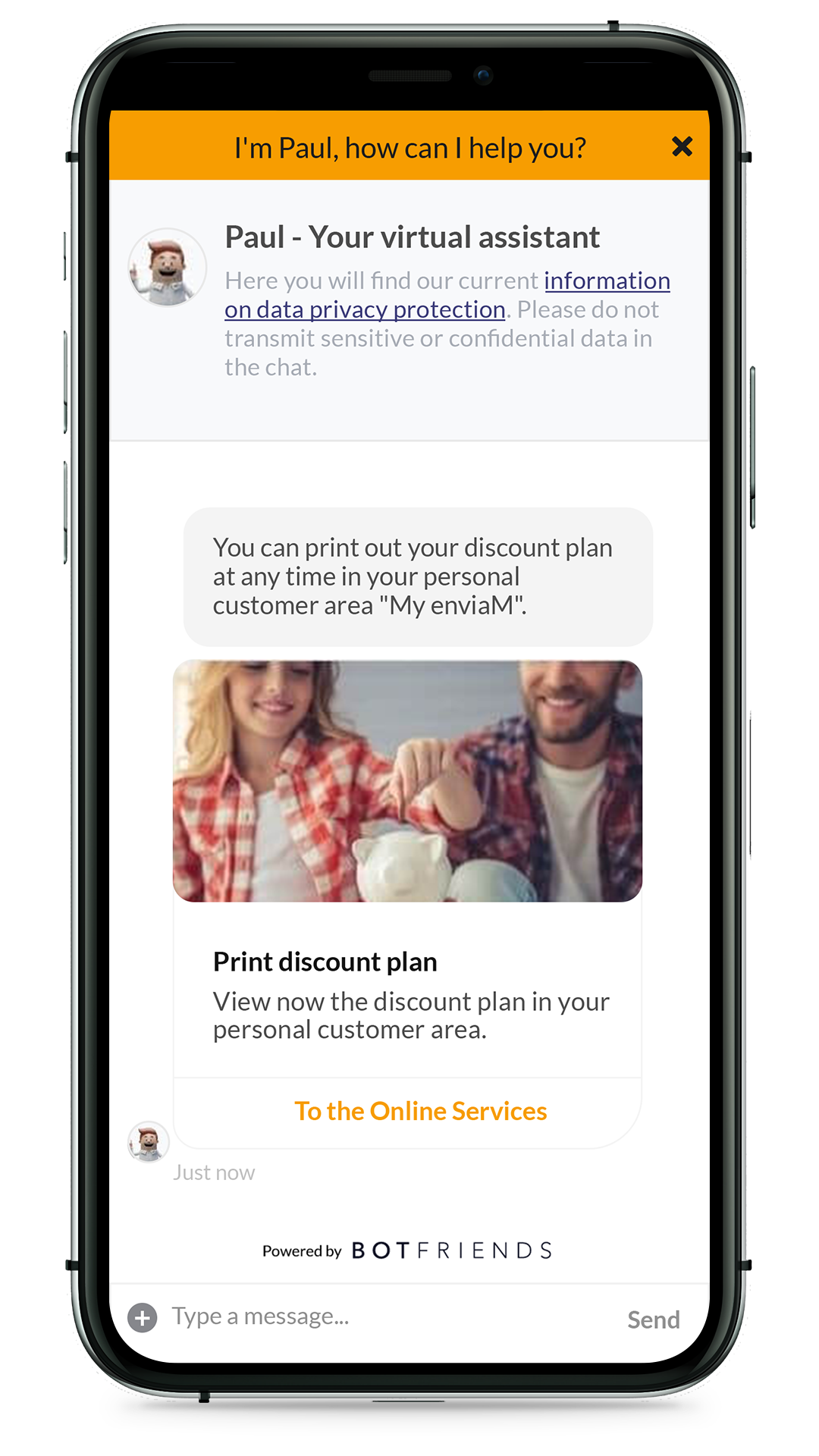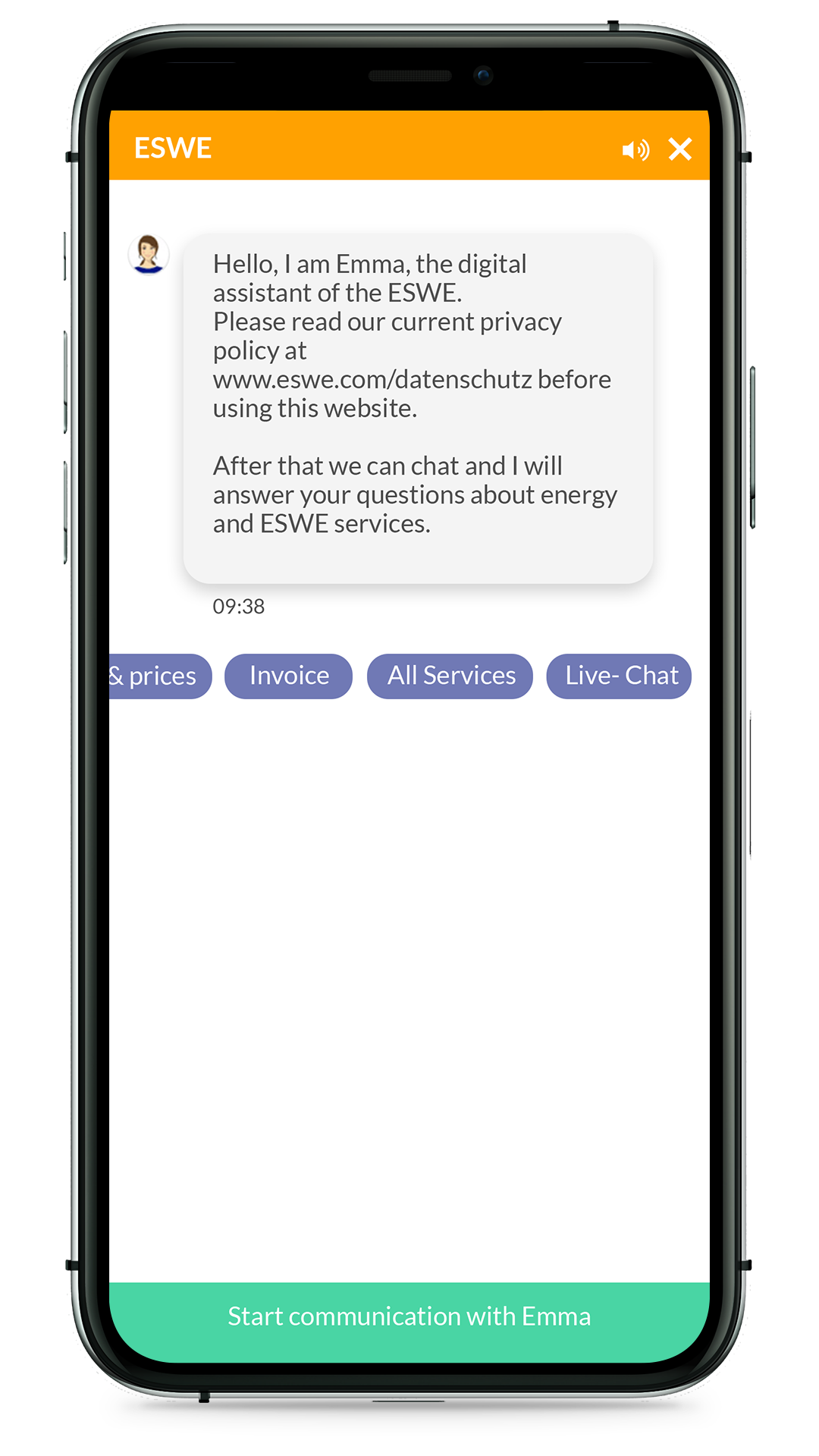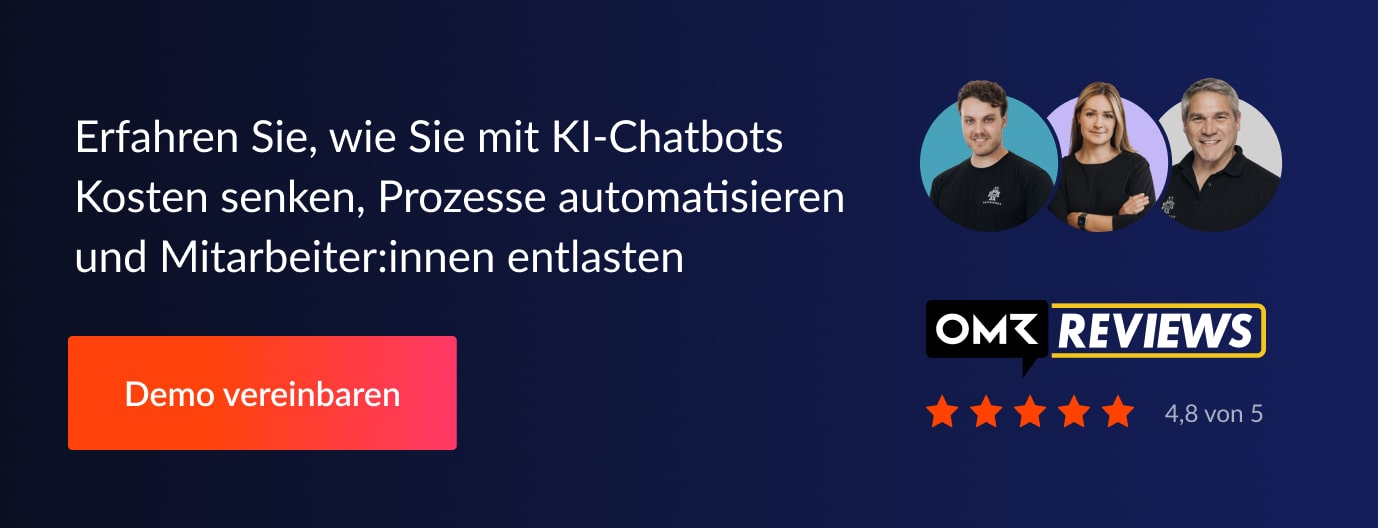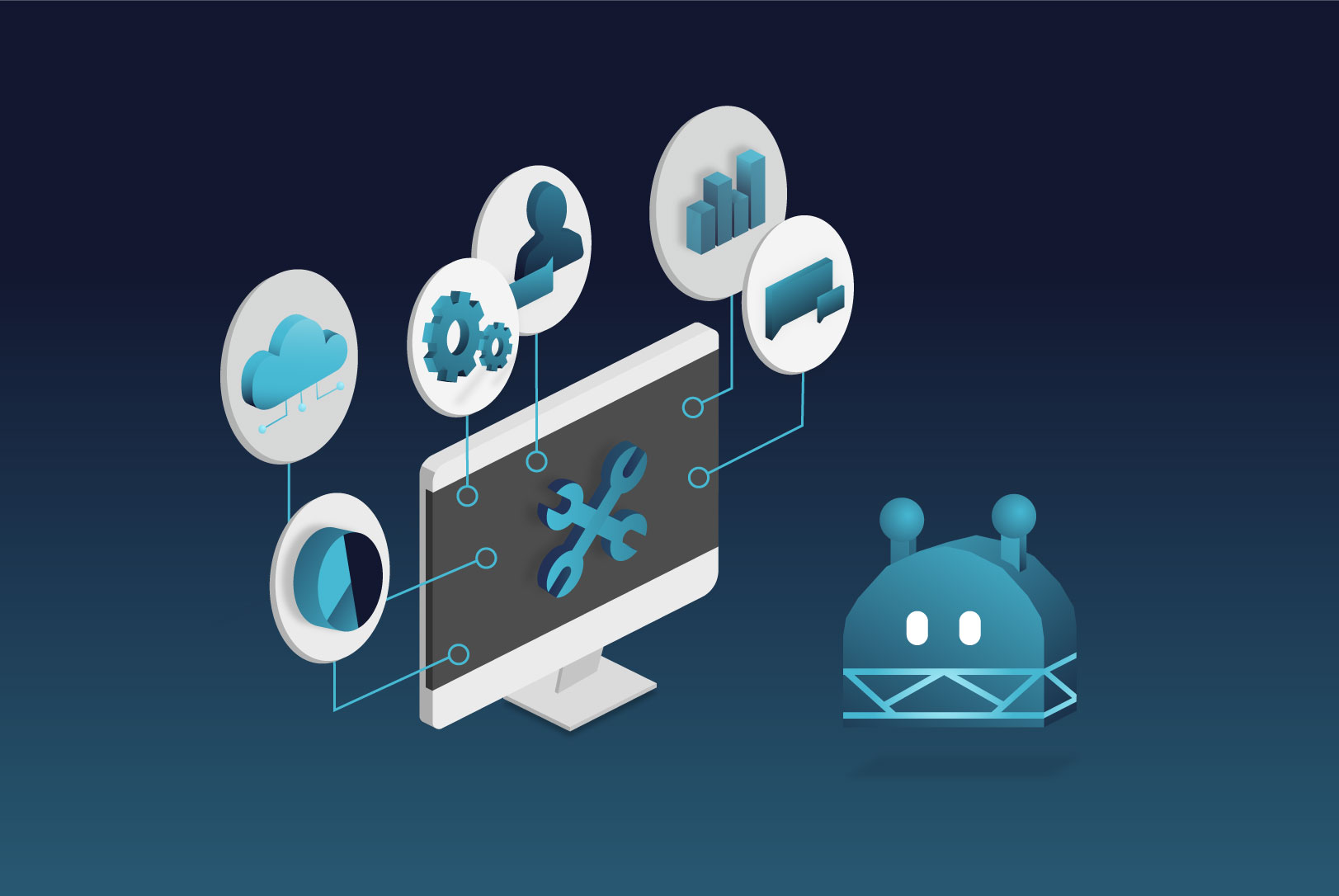"The energy world is changing rapidly: from the phasing out of nuclear energy and coal to the expansion of renewable energies and electromobility and the associated volatility, flexibilisation and decentralisation. AI can play a decisive role here in shaping the transformation."
Kerstin Andreae, Chairwoman of the Executive Board of the Swiss Federal Government for Energy and Water Management
As markets and consumer:ing desires change rapidly, the question companies face again and again is, "How can we stay competitive?"
Challenges for energy suppliers
It is not easy for energy suppliers to differentiate themselves from the competition on the basis of the product itself. The energy supplied via the grid has a uniform quality. This is why electricity and gas suppliers differ primarily in terms of price, customer service and ecological standards.
However, the majority of electricity costs consist of the levies and taxes, as well as the costs of transporting and metering the electricity. costs of transporting and metering the electricity. In 2019, the federal agency found that electricity suppliers:inside only collect about 25 percent of the price of a kilowatt hour on average themselves. This leaves them little little room for maneuver in their pricing policy.
It is therefore all the more importantIt is therefore all the more important to understand customers and their wishes in order to be able to offer them suitable rates and services. On the one hand, this requires comprehensive data and information on customers' wishes and usage behavior. On the other hand, companies need technologies that enable them to fulfill customers' wishes for self-service solutions, round-the-clock service and rapid responses. This is precisely where chatbots and voicebots come in:
What are chatbots and voicebots?
Chatbots are dialog systems that allow users to communicate with the bot via text input and buttons in natural language. In the case of voicebots, this is done via spoken language. They can answer users' questions automatically or guide them through processes such as buying a product or sending their current meter reading. Chatbots can be used on websites, in messenger channels or in apps and voicebots via smart devices, phones and cell phones.
How bots can give energy suppliers a competitive edge
Bots are available to users around the clock and enable immediate, automated processing of requests. This means that users can resolve their concerns within a few minutes and are not bound to fixed service times.
At first glance, this automated processing of inquiries may seem contradictory to excellent customer service. Wouldn't customers rather have direct contact with employees? In fact, customer preferences have changed in recent years:
According to the study "The New Rules of Customer Engagement" by Freshworks, 76% of consumers would rather solve their problem themselves before contacting customer support. The fact that bots can not only answer individual questions but also carry out processes makes them an excellent self-service solution.
However, when customers do contact real employees, they expect them to respond promptly and have enough time to deal with their concerns in detail. By using bots, employees are relieved and no longer have to deal with standard inquiries. This gives them the opportunity to deal more intensively with more complex inquiries and to resolve them quickly and to the satisfaction of the customer.
Furthermore, bots can be used on several channels without much additional effort. This allows customers to contact companies via their preferred communication channel.
"70% of customers worldwide prefer brands that provide service across multiple channels (email, chat, social, etc.)"
Freshworks - "The New Rules of Customer Engagement
In order to address customers in a personalized way and offer them the right products at the right time, energy suppliers need comprehensive information and data on their customers' wishes and usage behavior.energy suppliers need comprehensive information and data on their customers' wishes and usage behavior. The advantage of bots is that users can ask them questions and formulate their requests directly. This input can be evaluated by the support team. In this way, companies learn directly what their customers want, what concerns them, and where there is still room for improvement.
However, artificial intelligence can be applied not only in the area of customer service. There are many possible applications for the efficient use of bots in the energy sector in plant planning, maintenance, servicing, and network and plant operation. A detailed overview of this is provided in the dossier "Artificial intelligence for the energy industry" by the German Association of Energy and Water Industries.
Examples of chatbots in the energy industry
An example of a bot in the energy industry is the chatbot Paul. It was developed by us for the company enviaM:
Chatbot Paul is available to users on the website and answers questions about energy and electricity. For example, if customers want to change their customer data or find out about additional services, they always have to first find the right page on a website with the desired information. This effort is eliminated with the virtual assistant Paul, which functions like an interactive FAQ. Users tell Paul what they want to know using continuous text or buttons, and Paul automatically finds the right information. If necessary, he also provides the link to the correct page on the homepage. In this way, customers can access the right page with just one click.

The energy supplier Süwag also uses a chatbot in its customer service. The chatbot Karl not only offers an FAQ function, but can also make changes to customer data on its own. For example, if a customer moves house, he can inform the chatbot of his new address or meter reading. Karl assigns all this information to the correct customer account using the customer number. This completely eliminates the need to redirect the customer to a page on the website and the tedious process of filling out forms.

Another example of a chatbot in the energy sector is ESWE's Emma. She refers customers to the right pages or to the customer portal if they want to change their budget, for example. But she also provides information on the right thing to do in the event of water damage. In addition, it offers users the option of using the live chat directly in the first step and communicating with a real employee. This option offers customers an additional plus in terms of service.

"In the past, a lot of S&P 500 CEOs wished they had started thinking sooner than they did about their internet strategy. I think five years from now there will be a number of S&P 500 CEOs that will wish they'd started thinking earlier about their AI strategy."
Andrew NG Co-Founder and former director of Google Brain
Bots offer energy companies the opportunity to provide their customers with excellent service, to gain deep insights into the needs of users and to present themselves as a progressive company that embeds digitization and artificial intelligence in its corporate culture.
Get our case study and learn how Süwag implemented the chatbot project together with us, what successes Chatbot Karl can show and benefit from our learnings:



